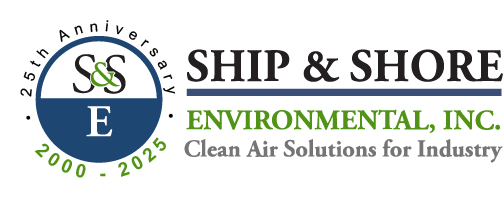What is the next step of AB32?
March 29, 2013 6:11 pm
IN 2006, AB 32 program was passed by the California legislature to reduce GHG emission and set the 2020 pollution reduction goal in to law. The California air resource board began developing discrete early actions while preparing a scoping plan to identify the best solution to reach 2020 compliance targets, roughly a reduction of 12-17%. The ARB identified nine discrete early action measures including regulations affecting:
- Low Carbon Fuel Standard
- Landfill Methane Capture
- Reductions from Mobile AC
- Semiconductor Reduction
- SF6 Reductions
- High GWP Consumer Products
- Heavy-Duty Measure
- Tire Pressure Program
- Shore Power
There are two key features of AB 32 that significantly help to reach GHG reduction goals:
- Requiring independent third parties to monitor each company’s compliance.
- Making vehicle fuels cleaner.
Enforcing the Cap-And-Trade Program
All entities that emit pollutants at or above 25,000 metric tons are required to participate in cap and trade program. ARB is using data from 2011 as a baseline for tracking about 360 business that represent 600 facilities in 2013. The ARB issued mostly free “Allowance” that is a permit to pollute one ton of carbon per year to give the regulated companies time to transition under the cap. Every regulated facility must turn in allowances equal to their emissions periodically. The total number of allowances given to all companies is issued by ARB per year.
The cap and trade element of AB 32 includes trading of both allowances and offsets. Offsets were objected to for regulated companies under cap and trade that would be allowed to purchase offsets for 8% of their required reductions. There are three ways for companies to meet AB 32 including:
- Purchase allowances in auction or from each other
- Purchase allowances on the secondary market, or
- Reduce their carbon emissions
The bonus to Cap and Trade is a deposit in the state treasury and potential investment is more likely in energy efficiency and low carbon technologies. ARB noted that “Residential customers of the State’s three largest utilities will see a “climate dividend” on their utility bill in 2013”.
For more information on AB 32, the Cap-And-Trade Program and climate change, visit the California Air Resources Board at: https://www.arb.ca.gov/cc/ab32/ab32.htm – See more at: https://www.p2seng.com/node/628?utm_source=E-Newsletter+List&utm_campaign=72ca999866-Spring+2013+Newsletter&utm_medium=email#sthash.93bGuZAU.dpuf
Tags: AQMD & regulation
Categorised in: EPA

